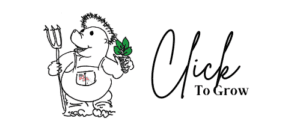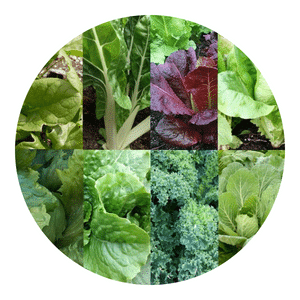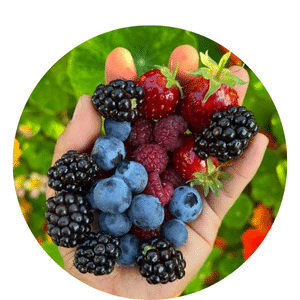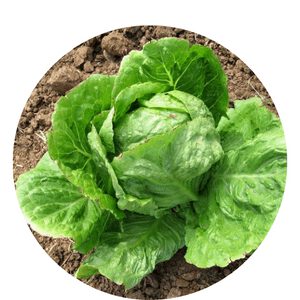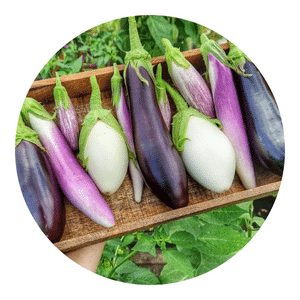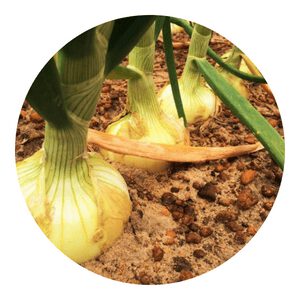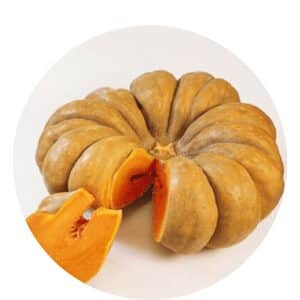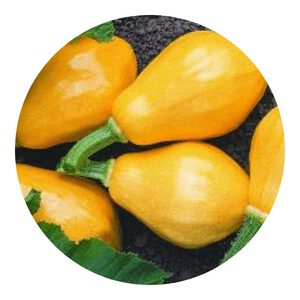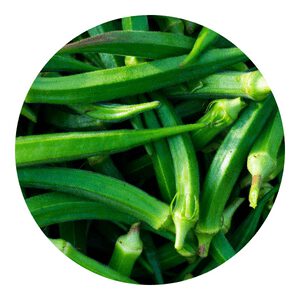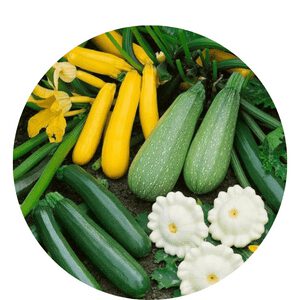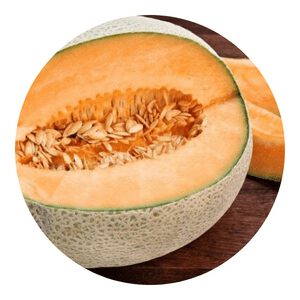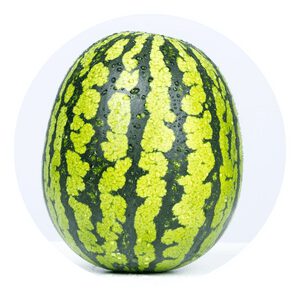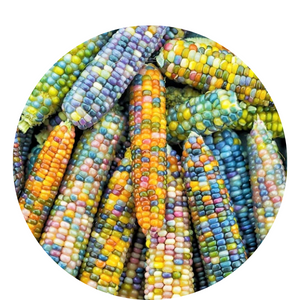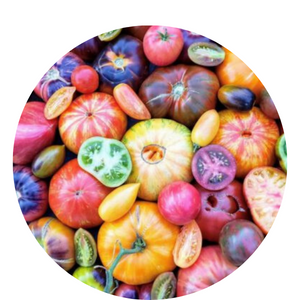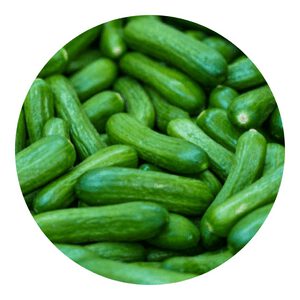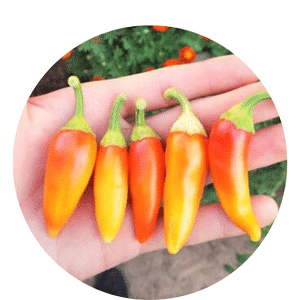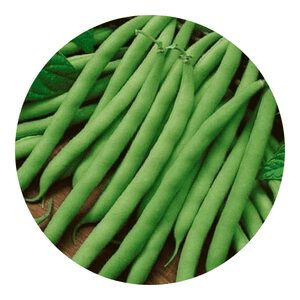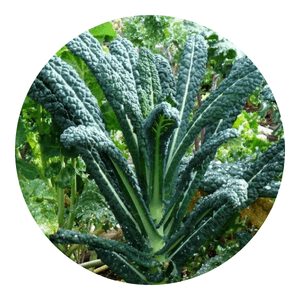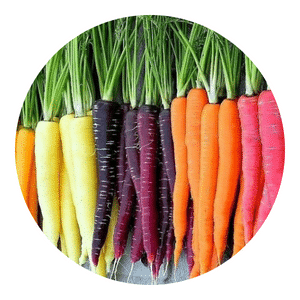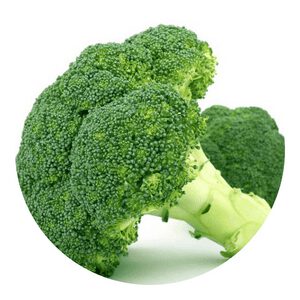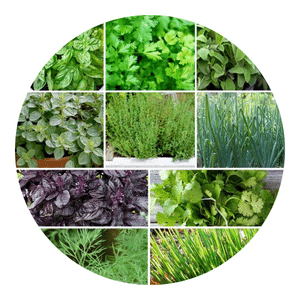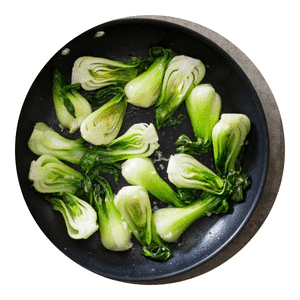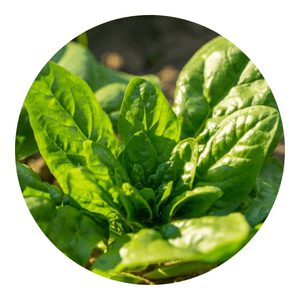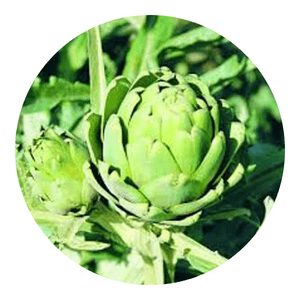Cabbage Seeds
Our online store has done the hard work for you and found the most interesting and unique cabbage seeds from every corner of the country.
Say goodbye to boring cabbages and hello to a vibrant and beautiful garden that will make you the envy of the block!
-
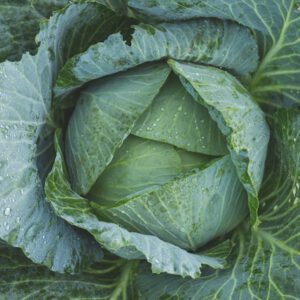
Heirloom Danish Ballhead Cabbage Seeds
$6 – $26 Select options This product has multiple variants. The options may be chosen on the product page -
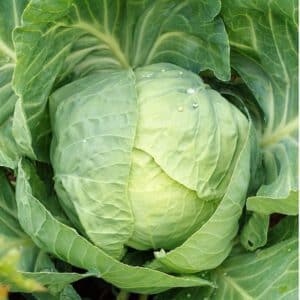
Early Round Dutch Cabbage Seeds | Heirloom | Organic
$7 – $58 Select options This product has multiple variants. The options may be chosen on the product page -
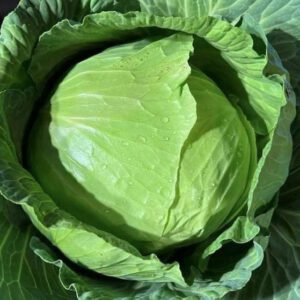
Late Flat Dutch Cabbage Seeds | Heirloom | Organic
$7 – $58 Select options This product has multiple variants. The options may be chosen on the product page -
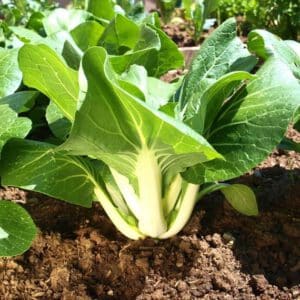
Large White Stem Bok Choy Seeds
$8 – $15 Select options This product has multiple variants. The options may be chosen on the product page -
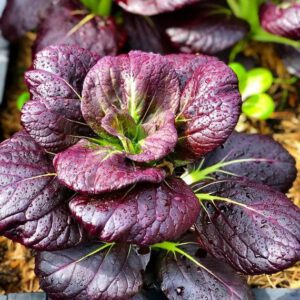
Purple Lady Bok Choy Seeds
$7 – $15 Select options This product has multiple variants. The options may be chosen on the product page -
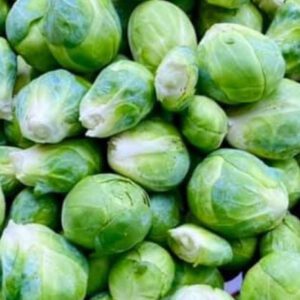
Catskill Brussels Sprout Seeds
$6 – $38 Select options This product has multiple variants. The options may be chosen on the product page -
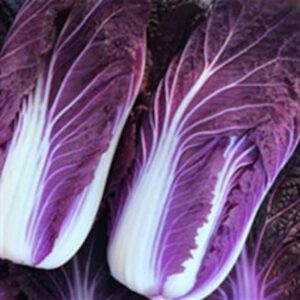
Napa Red Cabbage Seed
$7 Add to cart -
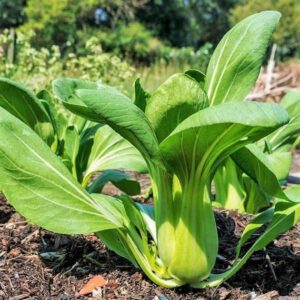
Green Stem Shanghai Bok Choy Seeds
Rated 5.00 out of 5$7 – $14 Select options This product has multiple variants. The options may be chosen on the product page -
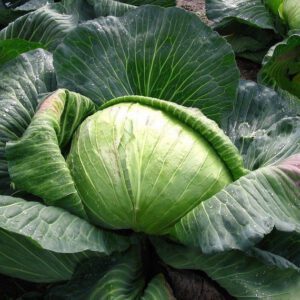
Late Flat Dutch Cabbage Seeds
Rated 5.00 out of 5$7 – $16 Select options This product has multiple variants. The options may be chosen on the product page -
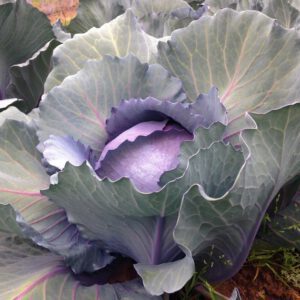
Red Acre Cabbage Seeds
Rated 5.00 out of 5$7 – $16 Select options This product has multiple variants. The options may be chosen on the product page -
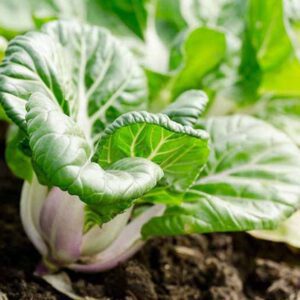
Baby White Stem Bok Choy Seeds
Rated 5.00 out of 5$7 – $15 Select options This product has multiple variants. The options may be chosen on the product page -

100 MICHILI Cabbage
$9 Add to cart -
Sale!
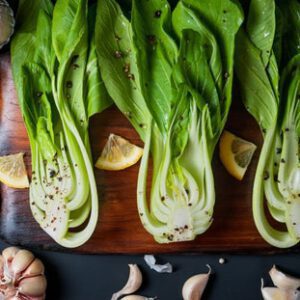
White Stem Bok Choy
$7 – $15 Select options This product has multiple variants. The options may be chosen on the product page -
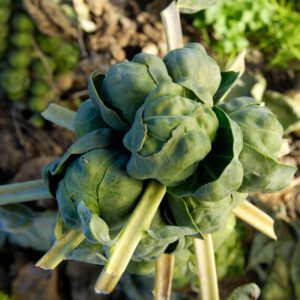
Brussels Sprouts Long Island
$5 Add to cart -
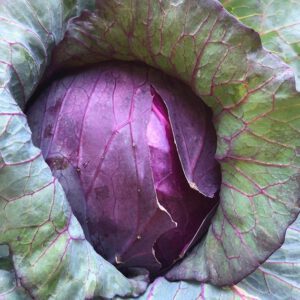
Red Cabbage Organic Seeds
$5 Add to cart
Cabbage Seeds FAQ
Cabbage is a leafy vegetable that comes in many different varieties. Some of the most popular types of cabbage to grow organically include:
Savoy Cabbage: This type of cabbage has wrinkled, dark green leaves and a mild flavor. It is often used in salads and slaws.
Red Cabbage: As the name suggests, red cabbage has deep red leaves. It is slightly sweeter than other types of cabbage and is often used in coleslaw or as a garnish.
Bok Choy: Bok choy is a type of Chinese cabbage with white stalks and dark green leaves. It has a mild flavor and is often used in stir-fries or soups.
If you want to grow organic cabbage, it’s important to start with organic seeds. But how can you be sure your seeds are organic? Here are a few things to look for:
1. Check the packaging. If it says “organic” on the label, that’s a good sign.
2. See if the seeds have been certified by a reputable organization like the USDA National Organic Program.
3. Ask your seed supplier if they use any synthetic chemicals or pesticides on their crops. If they do, those chemicals may end up on your seeds as well.
With a little research, you can be confident that you’re getting organic cabbage seeds and giving your plants the best chance to thrive.
Organic cabbage seeds have many benefits that make them a great choice for those looking to grow their own cabbages.
One benefit is that they are not treated with chemicals or pesticides, which can be harmful to both the environment and your health.
Another benefit is that organic seeds are often more disease-resistant than non-organic seeds, meaning you’ll have a better chance of success when growing your cabbage crop.
Finally, organic cabbage seeds tend to be more flavorful than their non-organic counterparts, so you can enjoy a tastier crop of cabbages!
Organic cabbage seeds are available from many different sources.
How can you choose the best organic cabbage seeds for your garden?
There are a few things to consider when choosing organic cabbage seeds.
One is the source of the seeds. If you know someone who has a garden and grows their own cabbage, ask for seeds from them.
This is a good way to get organic seeds that are well-suited to your local area.
Another thing to consider is the type of cabbage you want to grow.
There are many different types of cabbages, such as green, red, and Savoy cabbages.
Finally, make sure to read the seed packet carefully before you purchase it.
Organic cabbage takes about 60 days to mature.
However, it can take up to 80 days in cooler weather.
Cabbage is a cool weather crop and does best when planted in the spring or fall.
It can tolerate some frost, so it is often one of the last crops to be harvested in the fall.
Starting cabbage from seed is a thrifty way to get plants, and it’s also fun to watch the little seedlings grow.
You can start cabbage in pots or in the ground, but if you start them in pots, be sure to harden them off before transplanting them into your garden.
To grow cabbage from seed, first, find an organic cabbage seed that suits your needs.
Then, sow the seeds ¼ inch deep in potting soil or a seed-starting mix.
Be sure to keep the soil moist but not wet and place the pots in a sunny location.
Once the seeds have germinated and grown into seedlings, thin them so that only the strongest plants are left.
Organic Seeds
Helps Us Grow – Share If You Like
